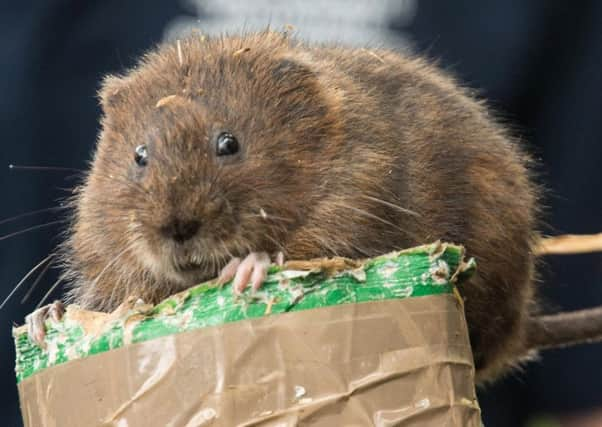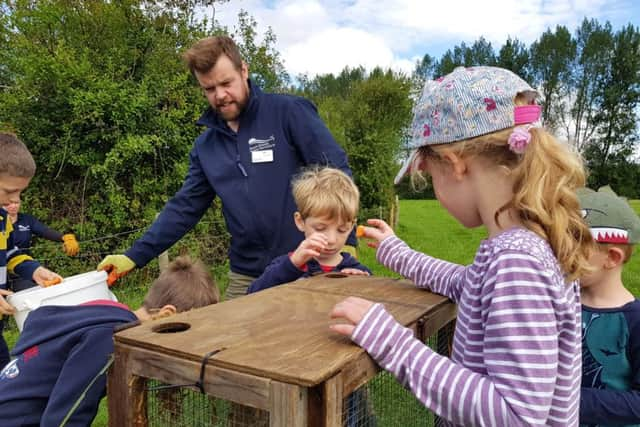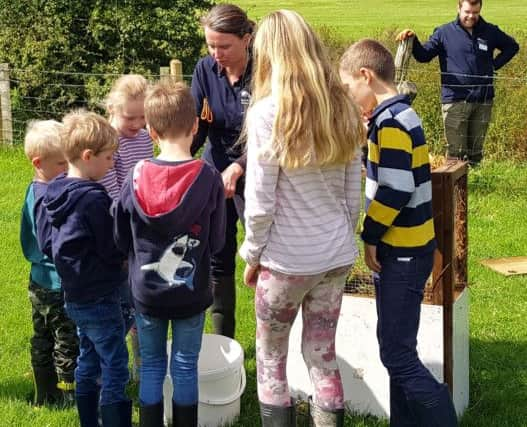Last of water voles released along River Meon after facing extinction


The small mammals are now thriving in the Meon Valley and the River Meon where they were once extinct.
The five-year scheme by the South Downs National Park Authority, Natural England and the Wildlife Trust has seen 2,331 water voles populate the area.
Advertisement
Hide AdAdvertisement
Hide AdThe introduction of the American mink had seen the species – the inspiration for Ratty in Kenneth Grahame’s Wind in the Willows – massively reduce in numbers until they were no longer found along the River Meon.
But the three groups worked together to reintroduce the voles after taking them from Titchfield Haven.
Elaina Whittaker-Slark, lead ranger at the South Downs National Park Authority, said: ‘We are really pleased with how this project has gone.
‘To have the voles released back to the Meon Valley is so important for the ecosystem.
Advertisement
Hide AdAdvertisement
Hide Ad‘In the past 10 to 15 years the voles had become extinct in that region because of the non-native American mink.


‘It was important to put them back because it balances the ecosystem. Without them, the smaller mammals in the valley get devastated.’
Over the past five years, the voles have been released at a number of sites.
Elaina added: ‘We worked with landowners and the other agencies to find suitable sites along the river to release them and we are so happy the hard work has paid off.
Advertisement
Hide AdAdvertisement
Hide Ad‘We did 43 surveys initially and narrowed it down to 11 release sites.


‘The water voles are thriving in those sites and we have also seen them in five additional self-colonised sites too.
‘This is fantastic because it means they are exploring the valley and also breeding to cover a wider area.’
The last of the water voles were released last week, just 500m from one of the sources of the River Meon. Other sites included Frogmore, East Meon and Riplington with additional animals also released at a self-populated colony at Meonstoke.
Advertisement
Hide AdAdvertisement
Hide AdAs part of the project, school children from across the area have been helping release the animals and learning about the river as a habitat.


Elaina said: ‘We were really keen to get children helping us release the voles.
‘They absolutely loved learning about them and seeing them go back into the river area.
‘It has been really good to get them outdoors and exploring the river, learning about the importance of having a balanced ecosystem.’